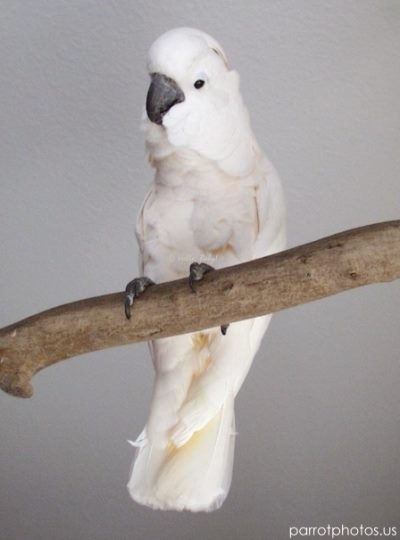

For example, if it is a galah cockatoo, it should clearly have a red head and black body and wings by the third week.īy the fourth week, feathers should be replacing the “bristles” on your chick. Feathers may start to turn darker on the wings, depending on species of cockatoo.ĭuring the second week to third the bird will rapidly begin growing patches of bristles around its body, at the end of the third week it should be almost completely covered in these bristles which will grow into feathers.ĭepending on what species of cockatoo the chick is, its colors should be visible. They may even begin to make their first parrot-like vocalizations, or squawkings. Their eyes are still shut, during this time, until either the next day or Day 11. In a week, these freshly hatched chicks rapidly grow muscle and features that would make them more easy to distinguish as cockatoos, a little around Day 9 should they begin to sprout little buds which denote the beginning of feathers. It’s quite difficult to identify a freshly hatched cockatoo unless the breeder should inform you of the species being hatched, along with an accompanying sign that reads “cockatoo.” Cockatoo eggs are relatively the same size as a chicken egg and baby birds look similar to each other across all bird species. To learn about more vital information concerning the care and cost of a baby cockatoo and more, read on this article! Things to Look for to Identify a Baby Cockatoo But, have you ever pondered how these fluffy garblers look during their infancy?īaby Cockatoos, look like any other featherless baby bird once hatched, but look like nigh featherless, pink things that resemble a defeathered chicken you get from the grocery store, except with a larger head and beak by their 30th day of growth. In contrast, juvenile crests are mostly light-brown, and their beaks are also gray-brown and not orange-red.As the bigger and more vocal cousins of cockatiels, you may better know these birds as the viral avian champions of YouTube and other social media.

However, you can still identify juvenile female cardinals from adult female cardinals as female adults have red crests. It’s tougher to identify juvenile female cardinals as these don’t grow the same intense red plumage as the males. Juvenile cardinals have gray-brown bills that turn orange over two to four months. At around the 1-year mark, young cardinals are nearly impossible to tell apart from adult cardinals. Juvenile feathers begin to molt around 2 to 4 months after hatching but won’t resemble adult plumage until that year’s winter. After a couple of weeks after fledging, juvenile cardinals are easy to identify from this crest, which is still a dull brown. However, juvenile cardinals still sport their distinctive crests, which develop in males and females from day 7 to 10. Their tails are short and may appear a faint rust-red, but otherwise, they’re pretty drab, and both the male and female lack red adult plumage. Juvenile cardinals are a light-brown color with fluffy undersides, breasts, and neck feathers. For example, the Pyrrhuloxia and Red-crested cardinals lack much of the red body feathers as the Vermillion and Northern cardinals. Juvenile cardinals also have fluffy chest and underside plumage.īaby Vermillion cardinals, Pyrrhuloxia (desert cardinal) and Red-crested cardinals are similar to the Northern cardinal, though they look different as they begin to molt and grow out their juvenile plumage. Juvenile cardinals look similar to adults in size and shape but lack red plumage until around November (some 6/7 months after the breeding season).

The crest develops around 10 days to 2 weeks after hatching and is typically present before the emergence of red adult plumage. Juveniles molt away most of their first feathers in the wintertime, developing their brown and red adult plumage. These first feathers are called pin feathers. As cardinals grow past the 7-day mark, they begin to grow out their predominantly brown-gray juvenile plumage.


 0 kommentar(er)
0 kommentar(er)
